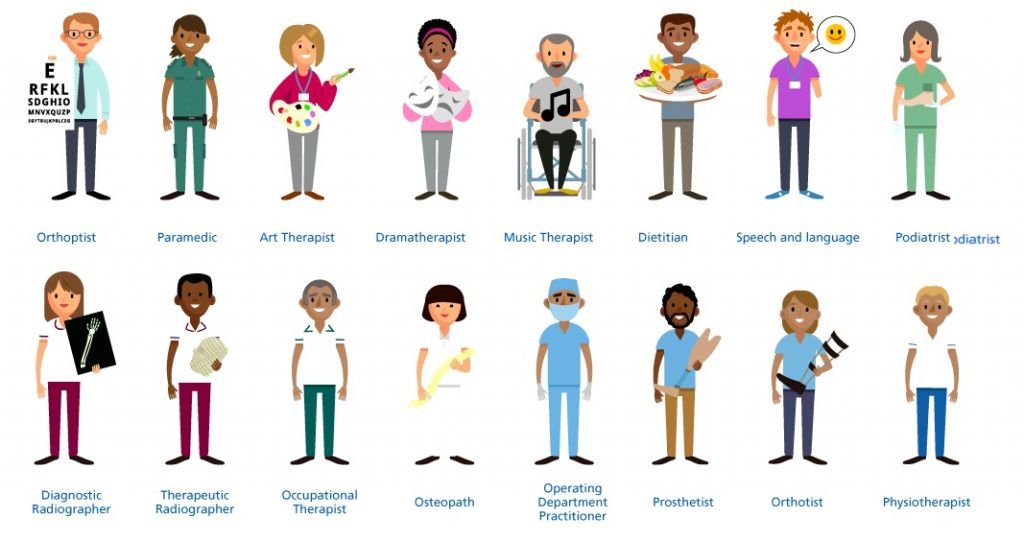5 Physiotherapy Myths Debunked
Are you feeling a bit sceptical about starting physiotherapy? Perhaps you've heard a few rumours that it's just for athletes or it's too painful to endure. We understand that stepping into the world of physical therapy can be daunting, especially if you're not sure what to expect.
The good news is, many of these whispers are based on myths and not reality.
Did you know, for example, that in many cases, you don't need a doctor’s note to see a physiotherapist? That's right – accessing professional help could be easier than you think! Our upcoming article aims to clear up the fog around common misconceptions.
By addressing five major physiotherapy myths head-on, we'll set the record straight and guide you towards pain relief and peak fitness with confidence. Ready for some myth-busting action? Keep reading!
Key Takeaways
- You can often start physiotherapy without needing a doctor's referral, giving you faster access to treatment.
- Physiotherapy shouldn't be painful; it aims to reduce your pain and can involve various methods such as manual therapy and heat or cold treatments.
- Treatment from physiotherapists includes more than exercises; they use multiple techniques, educate on injury prevention, and offer ergonomic advice for lasting health benefits.
5 Common Physiotherapy Myths Debunked
Physiotherapy does not always require a physician referral or prescription, and it's not always painful. Physiotherapists also offer more than just exercises – they provide evidence-based treatments for musculoskeletal injuries and pain management, helping you to recover and stay fit.
A physician referral/prescription is not always required
Contrary to popular belief, kick-starting physiotherapy sessions doesn't hinge on having a doctor's referral in hand. Health and wellness journeys through physiotherapy can often begin directly at the clinic or practice.
This misconception stands as one of the key myths about physiotherapy treatment that needs addressing. Direct access means you have the power to seek evidence-based practice for pain management or injury prevention without waiting for a physician's green light.
Staying fit and eradicating discomfort shouldn't face delays due to procedural misunderstandings. Many regions now embrace patient autonomy, allowing you to schedule appointments with qualified physiotherapists who are adept at diagnosing musculoskeletal conditions firsthand.
Debunking this common misunderstanding empowers individuals hoping for faster recovery paths and immediate attention towards enhancing their quality of life through exercise therapy and rehabilitation services offered by trained professionals.
Physiotherapy is not always painful
Physiotherapy does not always involve pain. Many people may believe that physiotherapy sessions are synonymous with discomfort, but this is a common misconception. While some treatments and exercises may cause temporary discomfort as part of the healing process, overall, physiotherapy aims to reduce pain and improve mobility through tailored therapeutic techniques.
It's important to communicate openly with your physiotherapist about any discomfort you may experience during treatment so they can adjust accordingly and ensure your comfort throughout the process.
Physiotherapy offers various methods for addressing pain including manual therapy, targeted exercise plans, modalities such as heat or cold therapy, and more. The ultimate goal is to alleviate pain while promoting recovery and preventing future injury.
Physiotherapists provide more than just exercises
Physiotherapists offer a comprehensive approach to treatment, incorporating various techniques such as manual therapy, acupuncture, and electrotherapy. They tailor individualised treatment plans that may include massage, joint mobilisation, or ultrasound to reduce pain and improve mobility.
Additionally, they educate patients on injury prevention strategies and provide ergonomic advice for long-term relief.
These professionals focus on promoting overall wellness through personalised exercise programmes, stretching routines, and postural correction techniques. By addressing the root cause of discomfort and implementing holistic treatments beyond exercises alone, physiotherapists aim to enhance movement and function while minimising pain.
Book an Appointment Today!
Ready to start your journey to pain-free living and improved mobility? Book an appointment with a qualified physiotherapist today. Here's why booking now is the best decision for your health:
- Receive personalised care tailored to your specific needs.
- Benefit from evidence-based treatments that are proven effective.
- Get expert guidance on exercises and techniques for at-home pain management.
- Start your proactive approach to recovery, addressing any discomfort early on.
- Take the first step towards a healthier, more active lifestyle.
That's it!
Conclusion
In conclusion, physiotherapy offers a range of benefits that debunk misconceptions. Physiotherapists provide holistic care for pain management and recovery. Understand the truth about physiotherapy to make an informed decision for your health.
Book an appointment to experience the positive impact of physiotherapy today!



